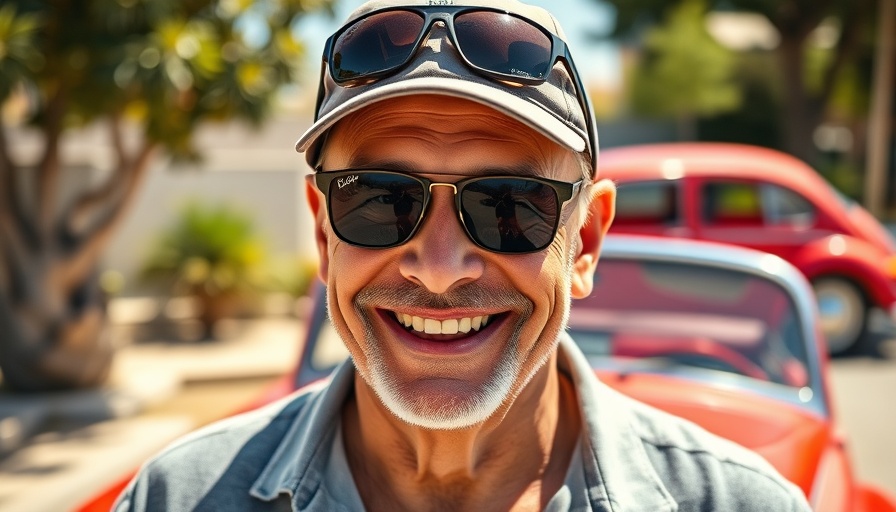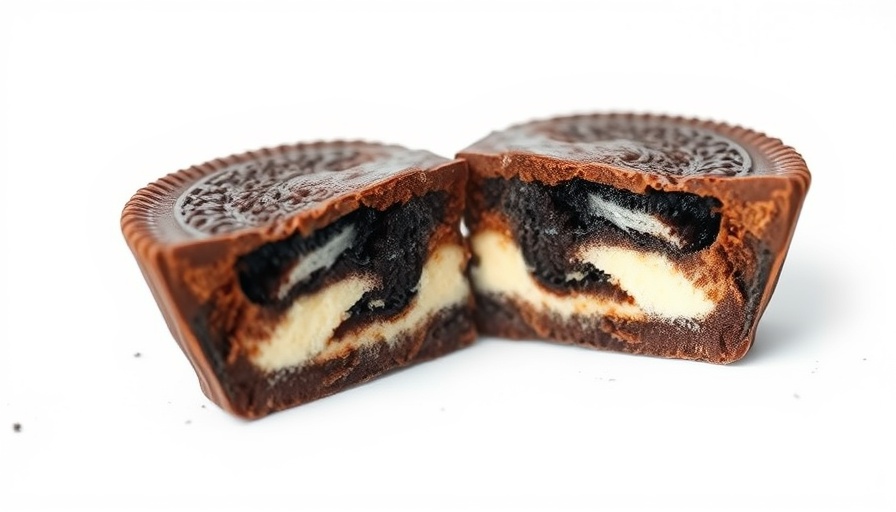
The Rise of Restomod Cars: Blending Classic Charm with Modern Innovation
The vintage car industry has often been viewed through a lens of nostalgia, steeped in traditional restoration methods that restore vehicles to their original glory. However, the restomod movement, which retrofits classic cars with modern technology, is reshaping the market. This innovative approach offers car enthusiasts a blend of historical allure and contemporary performance, catering to a new generation of vintage car aficionados.
Rob Howard’s Journey: From Challenges to Innovation
Rob Howard, CEO of Kindred Motorworks, embodies the transformative spirit of the restomod expertise. With a childhood spent repairing family vehicles rather than purchasing new ones, Howard's early experiences laid the groundwork for his future ventures. His academic journey in environmental engineering ignited a passion for sustainability, influencing his vision for Kindred Motorworks, which launched in 2019.
After a series of entrepreneurial successes, including companies focused on supply chain efficiencies, Howard pivoted into the automotive space, vowing to create a sustainable path for the vintage vehicle market. This unique combination of skills—engineering and business—enabled him to carve out a niche within the restomod industry.
Innovating for Sustainability: The Tech-Driven Approach
Unlike traditional restoration methods that often overlook modern advancements, Kindred Motorworks stands out by integrating electric vehicle (EV) powertrains and tech-focused features into vintage cars. This innovative approach not only broadens the appeal of classic models but also aligns with growing consumer demand for sustainability.
For example, their updated Ford Bronco, Volkswagen Bus, and Chevrolet Camaro come equipped with environmentally friendly options, appealing to those who desire both heritage and practicality. As more consumers pivot towards sustainable living, this model resonates deeply with values of responsibility and modern efficiency.
Market Trends: What Restomod Represents Today
The rise of restomod vehicles signifies a larger cultural shift in how we view car ownership and restoration. No longer is it solely about preservation; it’s about evolution. The restomod trend caters to various demographics—from millennials seeking unique automotive experiences to baby boomers yearning to recapture their youth with modern utilities.
This transformation is supported by technological advancements that enhance vehicle performance, safety, and comfort, ensuring that driving a classic car today doesn't mean sacrificing modern conveniences.
The Challenges of the Restomod Business Model
Despite its appeal, the restomod business is not without its challenges. Sourcing vintage parts can be difficult, and merging old with new often requires innovative engineering solutions. Additionally, balancing modernization while respecting the vehicle's historical legacy is a fine line that Howard navigates with care.
Moreover, the restomod market faces competition from traditional restoration shops, which may appeal more to purists. Educating consumers on the benefits of restomods is essential for growth in this innovative sector.
Looking Ahead: The Future of Vintage Cars
As consumer interests evolve, so too will the restomod industry. The incorporation of smart technologies—such as autonomous driving systems and advanced infotainment features—into classic designs could revolutionize the market even further. This route would not only enhance user experience but also position restomods as forward-thinking and desirable in a crowded automotive landscape.
In a dynamic economy where sustainability meets innovation, the future of vintage cars lies in how well entrepreneurs like Rob Howard can adapt and inspire the next wave of car enthusiasts to embrace the restomod revolution.
The legacy of vintage cars may no longer just be about their past but about the sustainable and innovative futures they can lead us to today.
 Add Row
Add Row  Add
Add 



Write A Comment